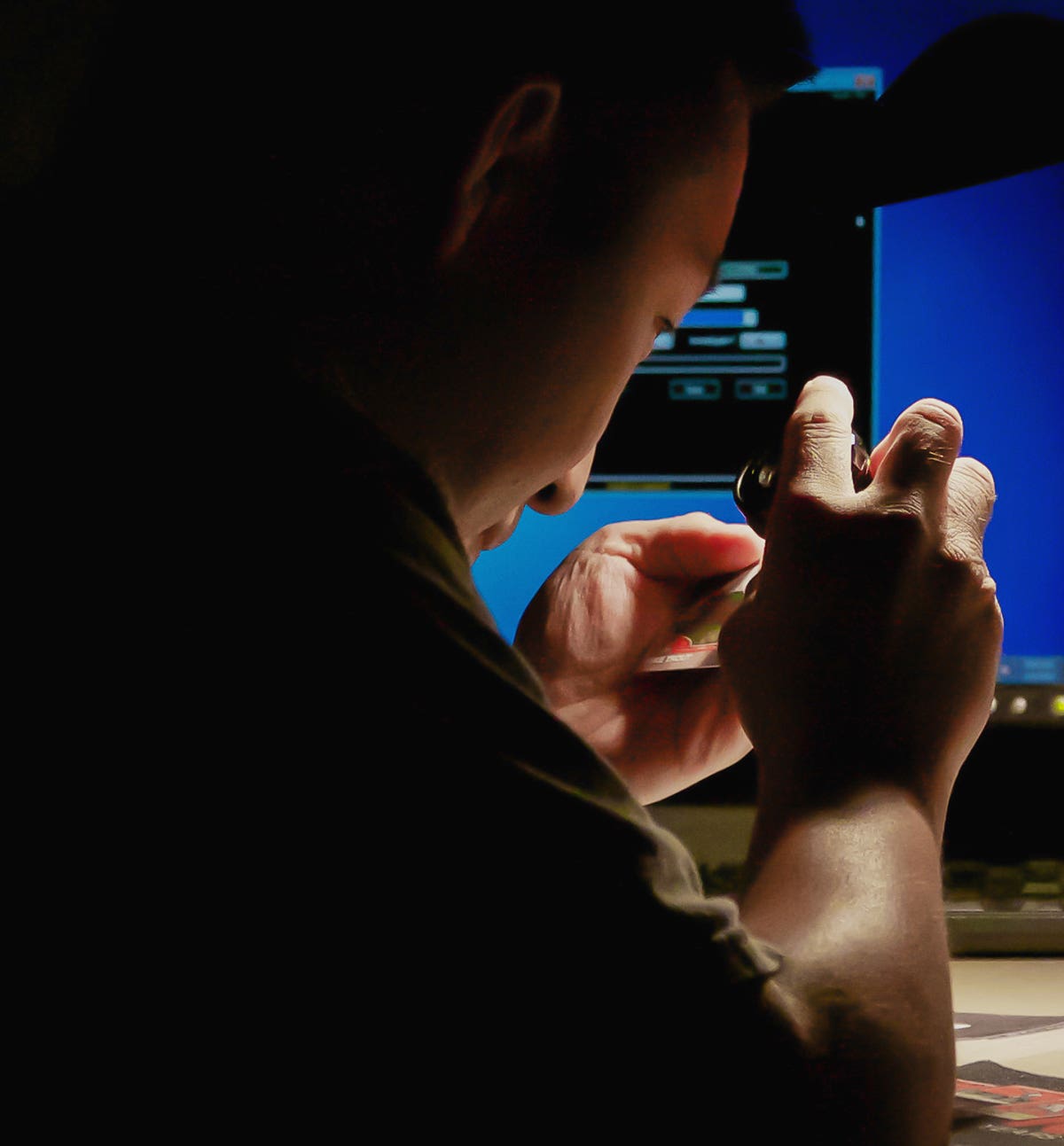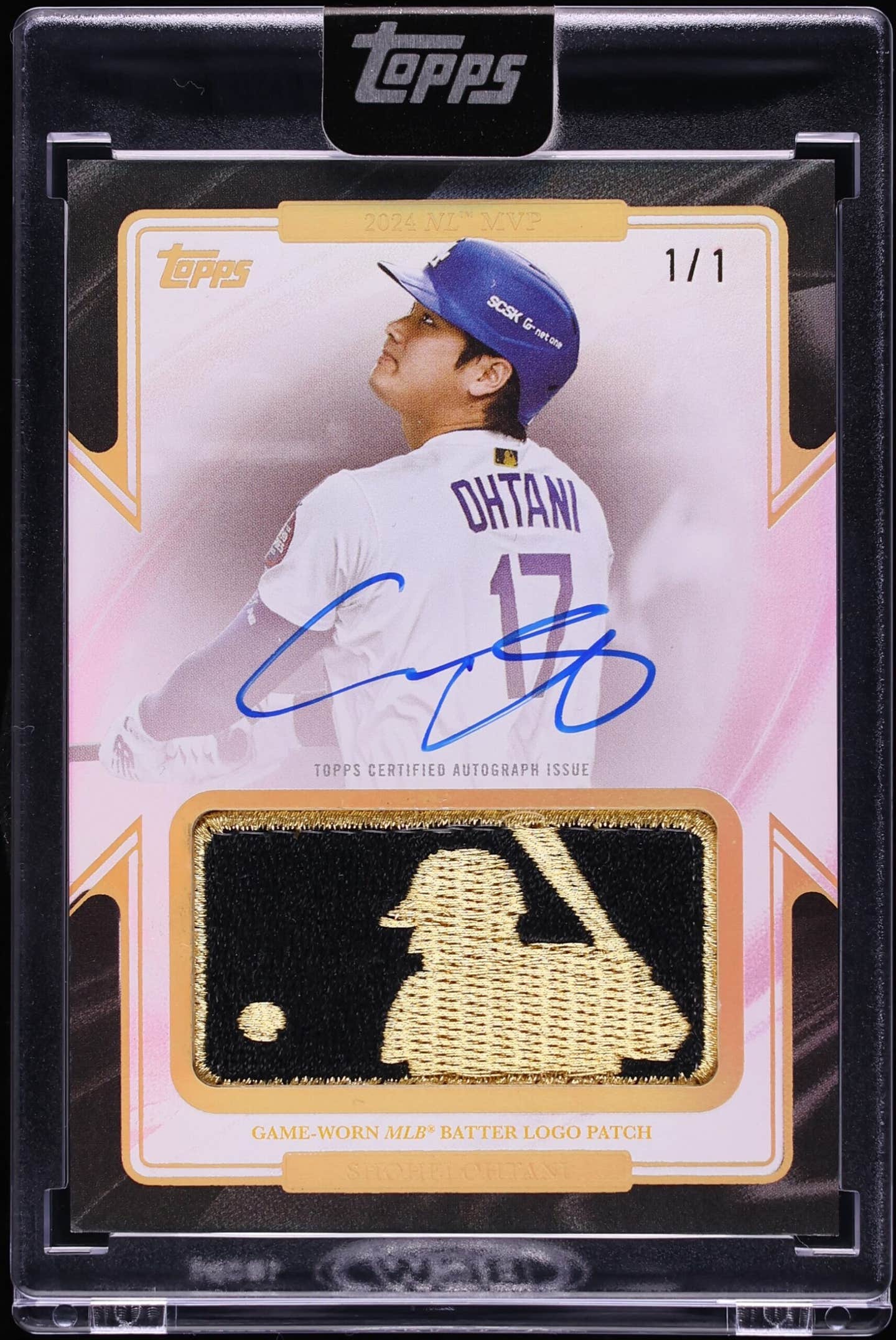News
Roger and Me
The current baseball season marks the 50th anniversary of the year that Roger Maris broke Babe Ruth’s single-season home run record – and no one is going to celebrate this fact more than former San Diego Padres executive Andy Strasberg.
Strasberg, now a sports agent who runs a marketing firm in San Diego that represents retired ballplayers, can easily be described as Maris’ ultimate fan.
“Other than my dad,” Strasberg said, “Roger Maris was the most important male in my life. I’m 62 years old, and he’s still my hero.”
Strasberg’s admiration for Maris began as a boy and continues to this day, as he gives motivational talks around the country about his friendship with Maris and how their relationship over the years changed his life. Strasberg has delivered such talks hundreds of times during his lifetime. He has become so close to Maris’ widow Pat and his family that one of Roger’s grandsons is named Andrew, in honor of Strasberg, who is also the child’s godfather.
“I was 12 years old when Roger Maris joined the Yankees (in 1960),” recalls Strasberg, a native New Yorker who grew up “in the shadows of Yankee Stadium,” as he puts it. “Everybody else was a Mantle fan. But I didn’t want to be a Mantle fan.” His guy was Maris, and that dramatic next season when he hit 61 home runs in the face of widespread – and often nasty – public and press disapproval, was “the greatest summer of my youth,” Strasberg said.
In the eyes of many fans, it should have been the golden boy Mantle who broke Ruth’s long-standing mark. But it was Maris who did it. Mantle, in the home run hunt for much of the year, ended with 54. And for this, the slugger Maris was labeled a rude, unfriendly ingrate, not a true Yankee blueblood like his more storied teammate.
All of this was terribly unfair, and in a sense Strasberg has dedicated a piece of his life to telling the whole story about Maris – how he was a good man, a family man, and what a great baseball player he was.
In 12 seasons in the majors, Maris played on seven pennant-winning teams (five with the Yankees, two with the Cardinals), won two Most Valuable Player awards and earned a Gold Glove. Strasberg thinks he should be in the Hall of Fame, but as Andy freely admits, “I cannot be objective about it.”
Maris’s single-season home run mark of 61 has since been eclipsed by Mark McGwire, Sammy Sosa and Barry Bonds, whose accomplishments have all been tainted by accusations of steroid use.
“The (home run) record is still 61,” asserts Strasberg, who nonetheless gives McGwire high marks for paying tribute to Maris and his family during his 70-home run season in 1998.
Strasberg acted as technical consultant for 61*, the 2001 Billy Crystal-directed HBO movie about the Maris-Mantle home run chase, and he also made a cameo appearance in it. His experiences with the movie are also part of his presentation on Maris, who remains a central figure not only in Strasberg’s affection, but also in his extensive baseball collection.
Strasberg has been collecting baseball cards and other stuff since he was a boy. He owns, for example, more than 500 different recordings of “Take Me Out to the Ballgame.” He also co-authored a 2008 book on the song. But the heart and soul of his collection is his Maris memorabilia, which includes hand-written notes and letters from Maris to him, voluminous scrapbooks, many signed items and notable pieces of game-used gear, including Maris’ first National League home run ball. He hit it in long-gone Forbes Field in Pittsburgh. The date was May 9, 1967, and Strasberg, who was 18 at the time, caught it in the stands.
The first time he and Maris met was actually five years before that, when the slugger was still with the Yankees.
“It was 1965, and I finally got up enough courage to ask him for a home run bat and ball of his,” Strasberg said. “He gave me a bat but said, ‘You’ll have to catch the ball.’ ” That home run ball was the one he grabbed in Pittsburgh.
The years passed, their friendship blossomed, and after Roger’s death in 1985, Strasberg’s relationship with the Maris family deepened. At the end of the 1998 season, when the Padres met the Yankees in the World Series, members of the Maris family came to San Diego and visited Strasberg who, by this time, was a marketing executive with the Padres. He invited the Maris family to his home to let them see his collection.
They were amazed. Looking at all the scrapbooks that had been lovingly compiled over the years by their father’s biggest fan, Roger’s daughter said, “You have more pictures of Dad than we do.”
“When I was younger someone once told me, ‘The greatest thing you’re going to collect is relationships,’ ” Strasberg said. “And it’s true. The thing I treasure most of all is my relationship with Maris and his family.”
There is a Roger Maris Museum in Fargo, N.D., where Maris grew up and starred as a prep athlete before moving on to professional baseball, and Strasberg has donated many items to its collection. He also donates memorabilia to the sports auction held in conjunction with the annual celebrity golf tournament that raises money for the Roger Maris Cancer Center in Fargo. Strasberg has stipulated in his will that upon his death, all of his Maris memorabilia is to be given to the family.
For all his extensive Maris holdings, however, like many collectors, Strasberg still remembers the one card that got away. Or in his case, it was actually 99 cards that got away.
The card was a 1967 Topps “proof card” – meaning it was never issued in packs – and it has a blank back. The card shows Maris in his Yankee uniform with Yankee Stadium in the background and identifying him on the front as a member of the Yankees.
But in December 1966, New York sent him to St. Louis, and this proof was never used. Instead, Topps released the card using the same picture of Maris but now with the word “Cardinals” in bold letters on the front.
Back in the 1960s, when Strasberg was in his teens collecting everything he could find about Maris, he contacted Bruce Yeko, one of the pioneers of the collecting industry who ran a mail-order house in Connecticut. (Editor’s note: For more on Yeko, see the profile on him in the Jan. 28, 2011, issue of SCD and continued in the Feb. 11 issue.) Yeko owned 100 of the ’67 Maris Yankee proof cards. Not only that, he was selling them for a dollar apiece.
Strasberg knew a good deal when he heard one. At one time he worked for Mike Aronstein, another pioneer of the industry who ran his own collecting company. Two others who worked with him at Aronstein’s company were Rick Cerrone, a future Yankee public relations director (not to be confused with the Yankee catcher with a similar name) and Keith Olbermann, the former MSNBC and ESPN broadcaster and card expert.
But hearing about a good deal is one thing. Being able to capitalize on it is something else altogether. And Strasberg, who was going to college at the time and therefore mostly broke, could only afford to buy one card, for $1. So he had to pass on the 99 others. Today a 1967 Maris Yankee proof card is a rare and valuable find, worth upward of $1,000.
Recently, Strasberg has given talks on Roger Maris at Fordham University and the Louisville Slugger Museum. He has also spoke at the Houston chapter of the Society of American Baseball Research (SABR). And Strasberg expects to speak about Maris at dozens of events around the country during this, the 50th anniversary of the greatest summer of his youth.
To find out his upcoming appearances, e-mail him at acme1997@aol.com.
Kevin Nelson first met Andy Strasberg when Nelson was researching his award-winning book on California baseball history, "The Golden Game." For more about "The Golden Game" and other Nelson books, see www.KevinNelsonWriter.com.








